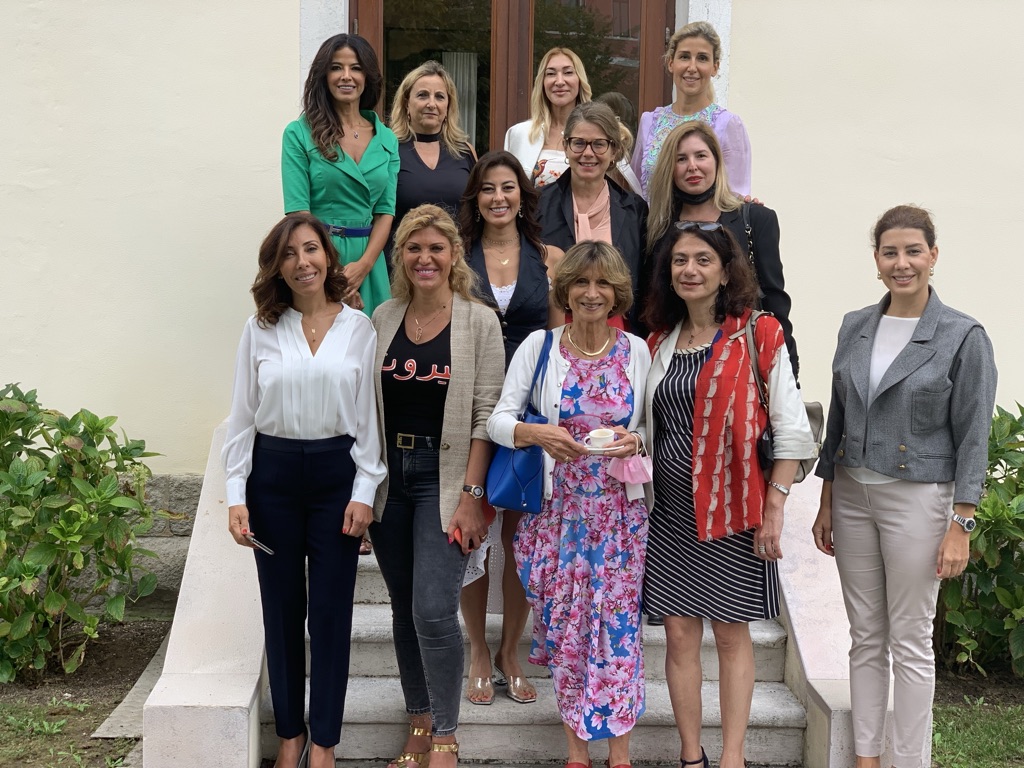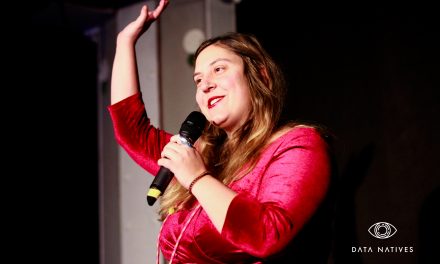In 2020, Beirut, Lebanon’s capital and most populous city, had its docklands destroyed in an explosion which claimed the lives of 207 people and injured thousands more. It left a nation in mourning, and a bloody stain on the already ominously blank tapestry of Beirut’s future. In the 10 months prior to the disaster, the Lebanese people had launched a revolution against the state for the right to rebuild their nation, to create something on their own terms- that they have been given such an opportunity, though not under the circumstances they hoped, now becomes the point in question.

(Copyright: Rashid Khreiss)
That public despair was exacerbated by the explosion is undeniable; in the days after the tragedy, over 60,000 people signed a petition calling for Lebanon to return to its former position as a French colony. One year on from the docklands disaster, this panic has largely subsided, but in its place is a thought even more frightening- what to do next.
The answer, as ever, lies not only with great leaders, but with artists.
One such artist has, in Beirut’s inherent brokenness, found he muse. Hayat Nazer’s sculptures have had a disquieting presence in Lebanon throughout the last two years; what began as an artistic visualisation of the October 17 Protests has transcended revolutionary zeal to become a defining image of the explosion’s aftermath. Nazer herself has fate to thank for her own survival that tragic evening; she was driving into Beirut when she had the eerie premonition that she should turn around. Others were not so fortunate. In homage to the dead, and to the wounded city itself, Nazer erected a 2.6 metre-high statue depicting Beirut as female, her scarred face and defiant body moulded from debris found around the docklands in the wake of the disaster. “I felt like Beirut was a woman, who despite what she has suffered…is very strong,” states Nazer of her design. It is, perhaps, this total belief that is so integral to Lebanon’s rebuilding.
View this post on Instagram
More so, however, does the answer to Beirut’s anguish lie with artists communicating their stories, taking their lived experience and using it to raise Lebanon’s capital from the ashes of trauma. For the past year, this has been the axis around which Lebanese entrepreneur Ayten Mirzoyeva’s world has revolved. A partner of Vasconi Architects; Mirzoyeva was perfectly poised to act in the wake of the tragedy: she sought to assemble a host of architects, urban planners, and senior UNESCO figures.
This diverse panel of moonshot thinkers congregated in Venice, Italy, from September 14th to 15th, for the Beirut: Rise from the Ashes Conference, an attempt by those from artistic and architectural backgrounds to understand what the restructuring of the Beirut docklands could and should mean for the Lebanese people. Mirzoyeva brought together a community of artists and campaigners to plan the renaissance that the Lebanese capital deserves. Amongst the attendees were artists Krista Kim, Rudy Rahme, Özge Günaydın, and Koen Vanmechelen, the latter being a speaker of particular note owing to his creation of Biomista, an ecological park that presents art as an instigator of community development. The wide-ranging specialities of the panel were a testament to the event as a bastion for community-led inclusion; Mirzoyeva hoped that the diversity of the speakers would produce equally unique and manifold planning for Beirut– a transformation that would work for every citizen who intends to return to the docklands when the disruption finally ceases.
View this post on Instagram
What then, does the Conference mean for the future for Beirut, and for Lebanon? There are questions of urbanisation, of resettlement for the 300,000 who lost their homes in the explosion, of infrastructure, of aid, and most disarmingly, of the muddy gash that remains resolutely open along Beirut’s side a year on from the disaster. It is only in recent months that the international community has begun to seek long term solutions to reconstruction; the conference created a space for artists, particularly female artists, to use their positions as visual storytellers to advocate for not only rebuilding the harbour, but constructing a sustainable community in the process. It’s no coincidence that the motif of the conference was a phoenix; like Nazer’s torch-brandishing debris sculpture, there is belief that the embers of hope still burn, and that Beirut will rise again. What’s more, it promotes the primacy of visual storytelling; without creatives like Nazer using art to manifest the pain of a nation, the ability to rebuild is unfocused and distant from those it should truly seek to help.
View this post on Instagram
It is also true that the need for strong female leadership in Beirut, and in Lebanon, has never been more pronounced. The question remains, however, whether a conference which prioritizes female artists, architects, and humanitarians can ever reflect the ambitions of the country as a whole; only 17 women have been elected to the Lebanese parliament since 1952. Only 22.6% of the Lebanese workforce is female. And yet in 2021, a year on from the deadliest peacetime explosion that Beirut has ever witnessed, there’s a feeling that, if change is coming in the form of urban planning and redevelopment, then it must also come in the form of women empowerment, of listening to those previously unheard and understanding how they imagine the healing of Beirut.
It is also a chance to re-establish Beirut as an international trade centre- the artist Krista Kim, creator of the world’s first NFT house and one of the renowned artists curated by the Venetian art glass manufacturers Berengo Studio, aspires to make the use of the app Superworld (a “virtual world geographically mapped onto the real world”) to allow for the ‘rebuilding’ of Beirut before any reconstruction actually occurs. It’s this innovation that will map dreams upon desolation, that could, just maybe, signal the creation of a developed Beirut– one with proper sanitation, electricity and public services for the docklands area and the people who will one day return. Her visual storytelling offers a common thread for architects, urban planners, engineers, lawyers, and politicians working for the development of the city- it streamlines their mission statement and validates their collective ambitions for the future of Lebanon. There is also the hope that a conference that places women front and centre of rebuilding efforts will break the taboo of female self-expression in Lebanon; women architects can create spaces which work for Beirut women, too.

Beirut, and indeed the whole of Lebanon, still has some way to go before it can truly rise from the ashes of the tragedy of 2020. Little has been completed thus far; the docks remain uninhabitable and burnt out. If action has stalled, however, ambition hasn’t. Women are ready to take hold of the torch and run with it- they want to rebuild a Beirut that works for female empowerment, that offers everyone unhappy with Lebanon’s capital a chance to create something new and real and liberating. Artists like Hayat Nazer and Krista Kim see their vision of Beirut in the rubble; both take the old Beirut and raise a sustainable community on their terms. Their visual storytelling is greater than the sum of the conference- it’s the embracing of a citywide mission, a chance to push for change in a united voice. This is their phoenix.
Lebanon is a country that has never learned how to drown. And while the last 12 months have punctured many new holes in their national life raft, the Lebanese people will keep their heads above the waves. Perhaps the most resounding truth of all, however, is that the hand that finally pulls them from water may just be female.
(Author: Caroline Harth)
Interested in the Own your Story program? Please drop us a line




